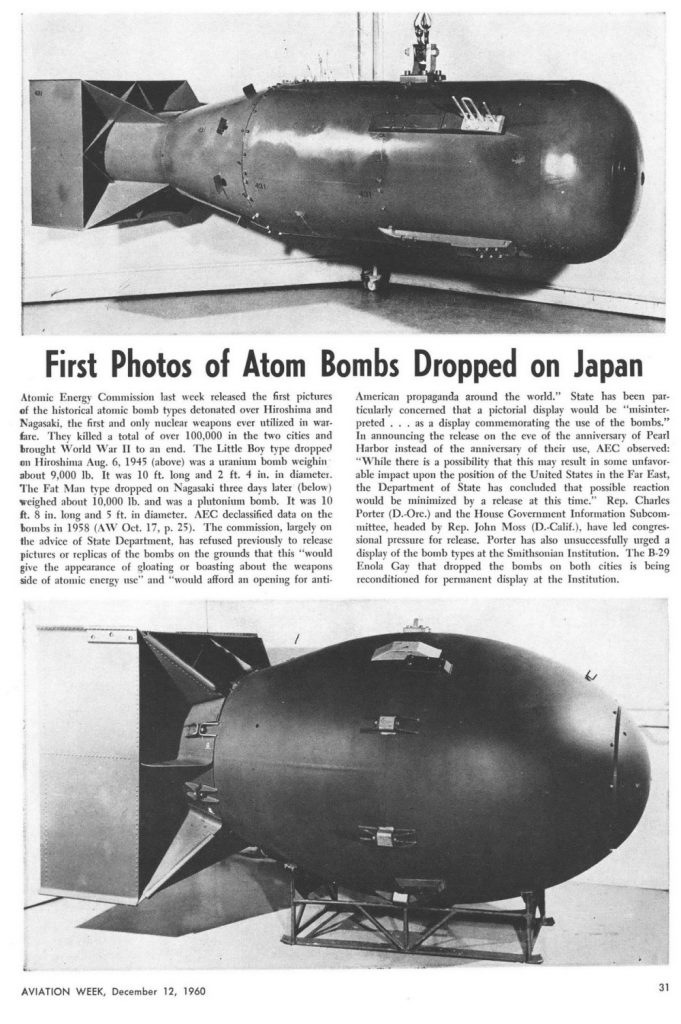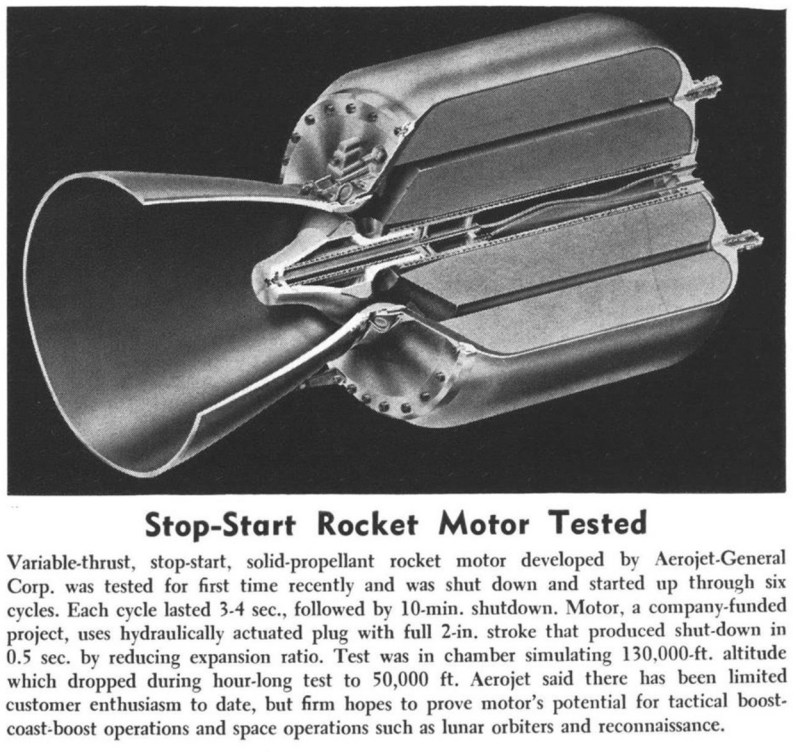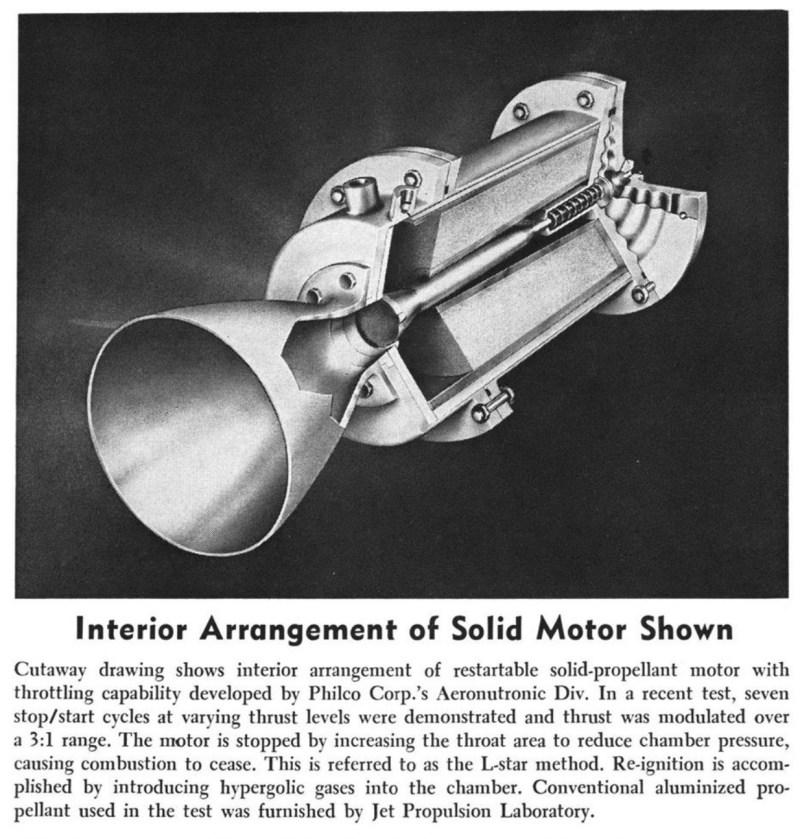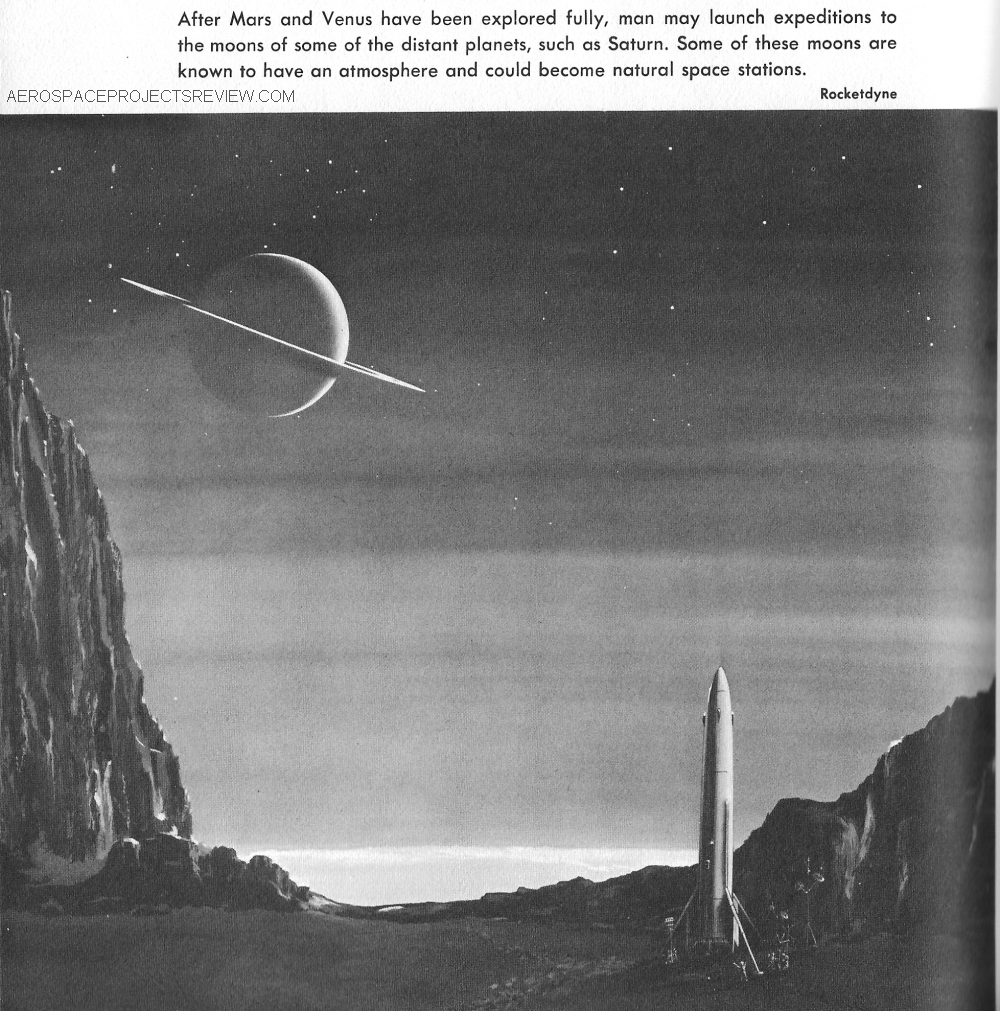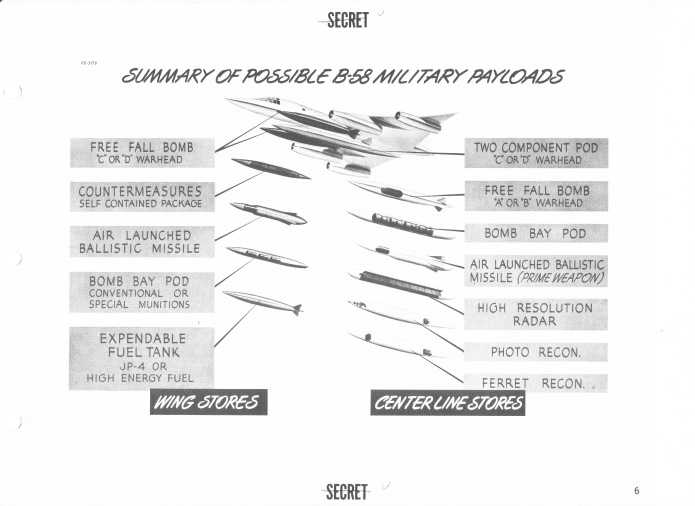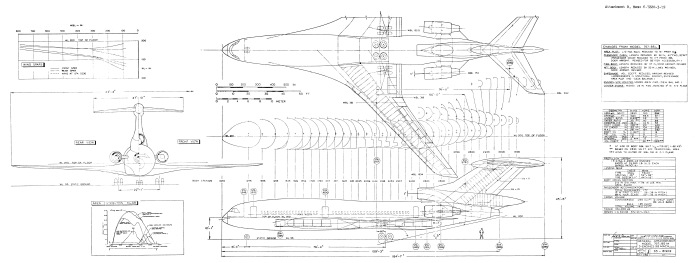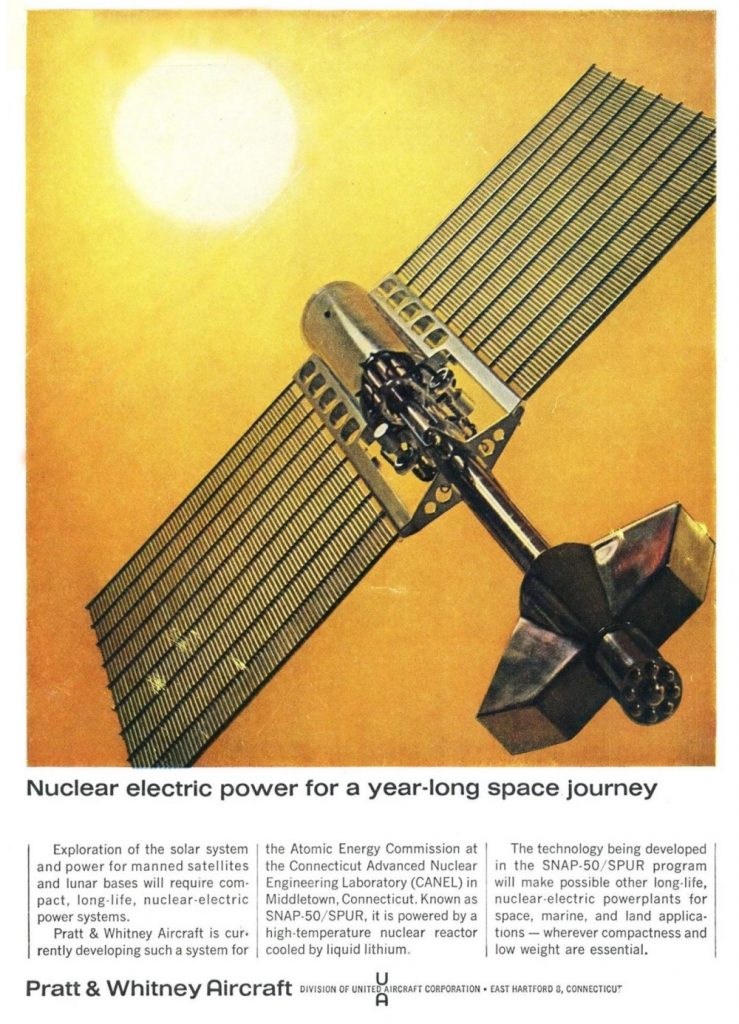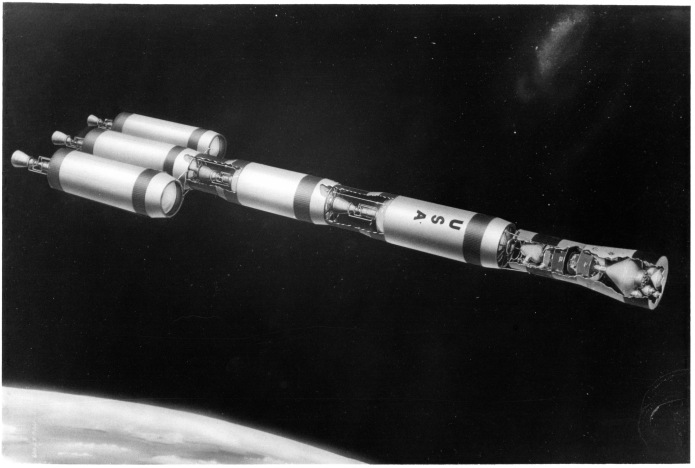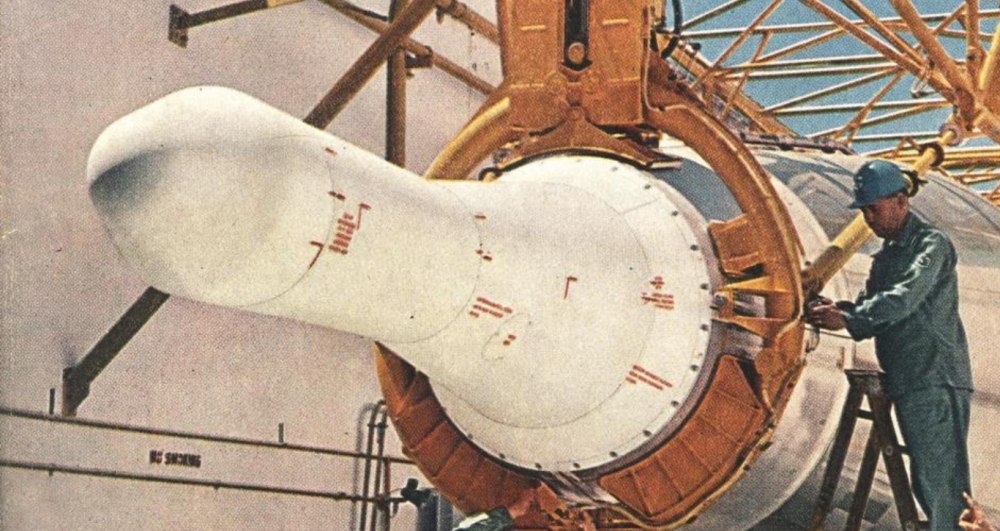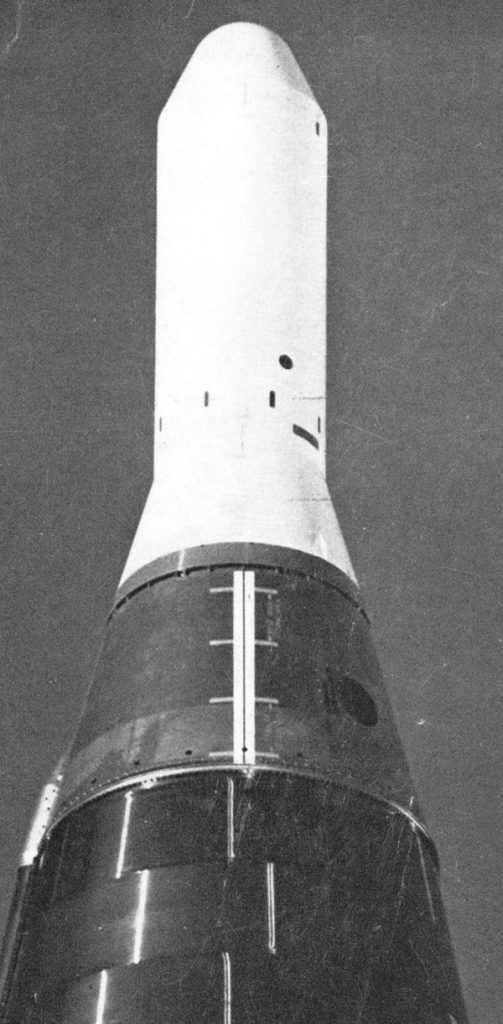When the United States nuked Japan, President Truman was right up front with everybody in stating clearly that the new weapons used were atom bombs. What *didn’t* happen, though, was the publication of photos of the bombs themselves. As a consequence, films from the 40’s and 50’s that depicted the actual atom bombs – such as 1947’s “The Beginning Or The End” – showed rather fanciful bomb designs… because the film-makers had to guess. And surely (I have do doubt the logic went) bombs that are based on such an unconventional process must have unconventional configurations.
It was not until 15 years later that the Little Boy and Fat Man bombs were actually shown to the public in the form of photographs. Now, of course, you can get up close and personal with any of a number of actual bomb casings scattered around in numerous museums, but up until the reveal in late 1960… the average person had no idea what those early nukes looked like. Below is the December 12, 1960 article in Aviation Week showing the first photos; it’s interesting to note that even 60 years ago there ere already stirrings of the ulcerating over sensitivities and feelings that now so dominate any discussion of nuclear technology.
